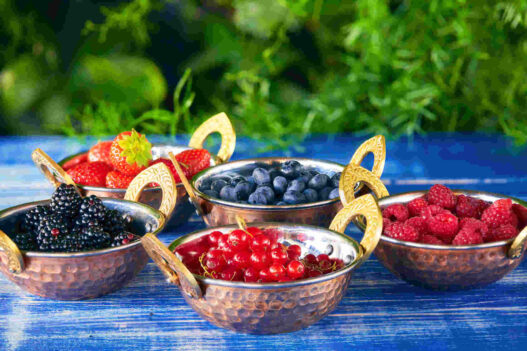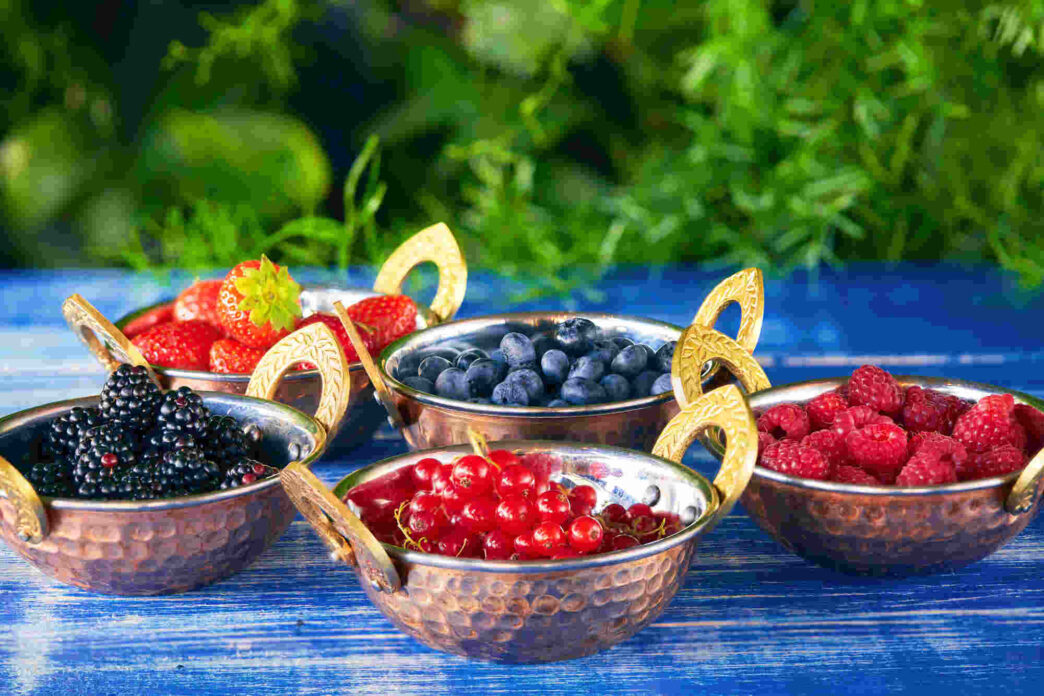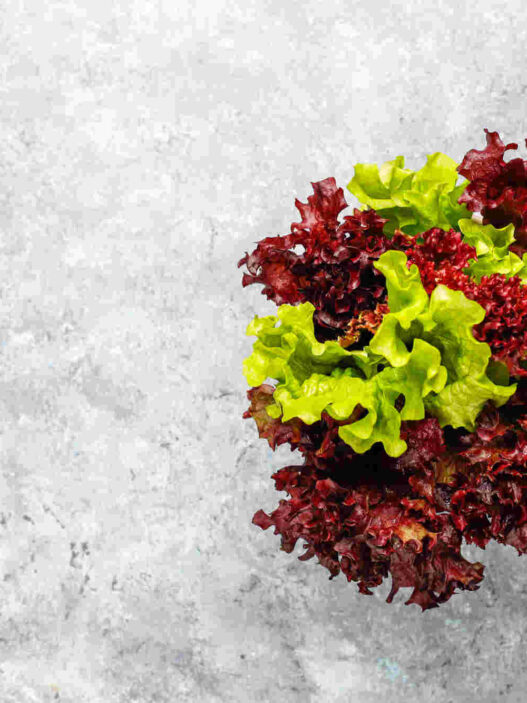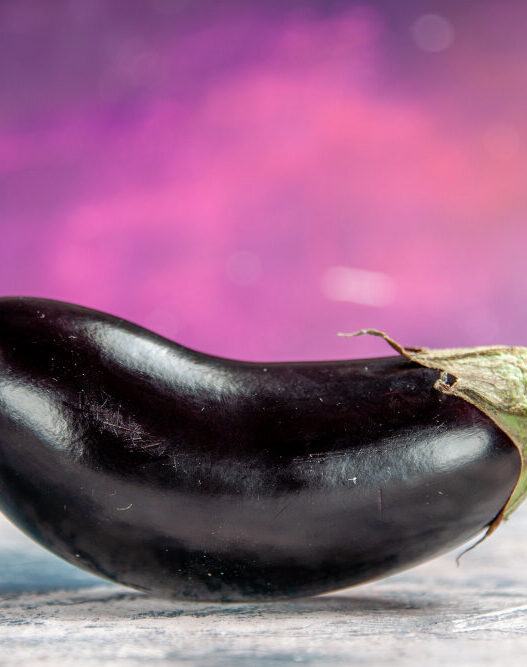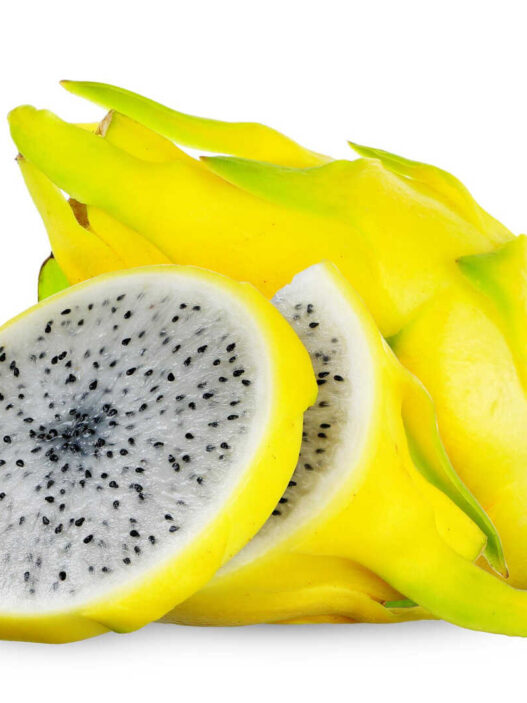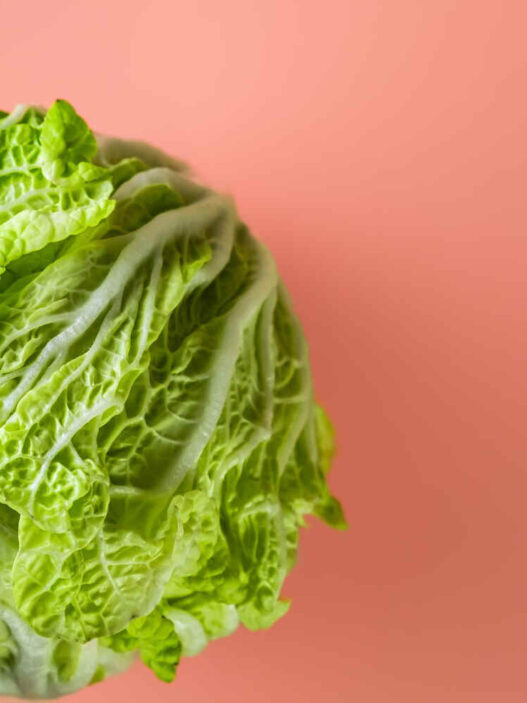Indian berries and their medicinal properties – Strawberry, Mulberry, Gooseberry, Java plum and Karandas plum or conkerberry.
India is a land of spiritualism and one of the best nations where one can connect with nature. Amidst nature, what captures the mind is the endless gifts from Mother Earth. It’s surprising to see how nature is fulfilling with all that it has to offer to all of us living amongst it. Seasonal fruits are one of the several precious gifts that we receive from nature. Today, in this article we will indulge ourselves in the world of Indian berries while also going through their benefits. The sumptuous number of Indian berries available are a key to a fit and healthy lifestyle.
Now, let us understand what berries are and then follow through with the ones available in India and most importantly, get familiar with the benefits of Indian berries.
What are berries?
Berries are fruits that you will mostly find in round shapes. They are pulpy, and rich in several types of nutrients, such as antioxidants, iron, minerals, and they carry many other health benefits as well. We shall discuss the key elements associated with berries as we read further. Despite the similarities, what actually sets berries apart from the different fruits that we consume in our day to day life, continue reading.
Berries have polyphenols which is a natural component that makes berries violet or dark in color and the oxidants that berries contain are an effective and durable defense against diseases which may attack our immune system.
Let us see some of the Indian berries and know their benefits.
Indian Strawberry
Scientific name : Fragaria ananassa
Found in: The hills of the Himalayas
In North India of Dehradun, the Uttarakhand side is full of strawberry plantations. Hence its benefits and nutrition are easily accessible to plain land. Strawberries are rich in antioxidants and have rich nutritive value. This Indian berry is also highly used in skin care regimes for food and dietary requirements.
Strawberry – Nutrition facts
Strawberries are a rich source of dietary antioxidants including polyphenols, anthocyanins, ellagic acid, quercetin, catechin and various vitamins such as ascorbic acid (vitamin C) and folic acid. Among the minerals, they contain potassium, calcium, magnesium, iron. Also present are sugars – fructose and glucose (1, 2).
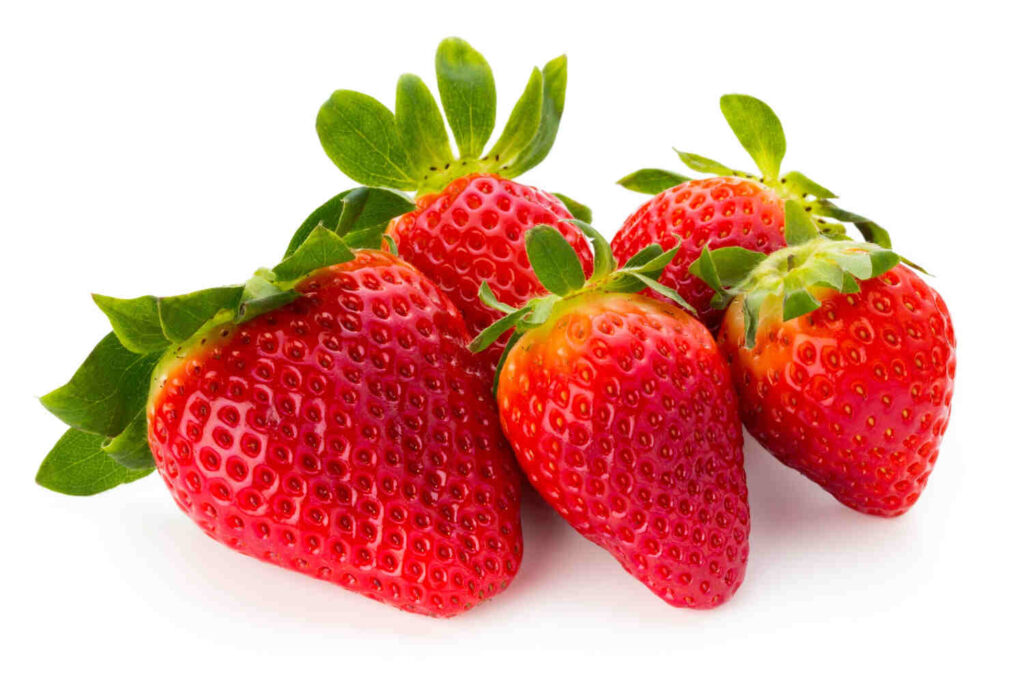
Benefits of Indian Strawberry
Eating Strawberries helps to have a controlled insulin supply in the body
- It helps controlling inflammation in the body
- It is advised to have strawberries daily for controlling blood pressure
- It also reduces oxidative stress in the body.
- Strawberries also help to combat cholesterol levels in the body.
Where to find Indian Strawberry?
Today, strawberries are almost found in every state of India due to transportation and mode of preservation. It is available in local fruit markets and retail stores.
How to eat Strawberries?
There are multiple methods to eat strawberries and here mentioned below–
- Since strawberry is a berry, it can be eaten raw
- Strawberries are used in fruit pudding and fruit custard.
- These days, strawberries are used to decorate cakes and chocolates.
- If you want to treat your guests with strawberries, then dipping or decorating with chocolate syrup makes it interesting.
Strawberry is a bit expensive in some parts of the world or India specifically because of transportation and being a highly perishable good. A suggestion will be to consume and try to store during off-season.
Mulberries (Shahtoot)
Scientific Name – Morus rubra
Found in – South India
Mulberries are fruits found widely in the South Indian region of Karnataka. These are grown in August and September and the delicious juice of the fruit promotes countless benefits like– keeping the antioxidant of the body intact. Mulberries also lower blood sugar levels and cholesterol levels in the body.
These Indian berries are known to be “King” or “Superior” mulberries. Also, they change their color from dark deep red to glossy black shade when fully ripe.
Mulberry – Nutrition Facts
Mulberry is rich in various nutrients. It contains protein, carbohydrate and sugar. It also contain phenolics, flavonoids, anthocyanins which contribute towards its antioxidant potential (3).
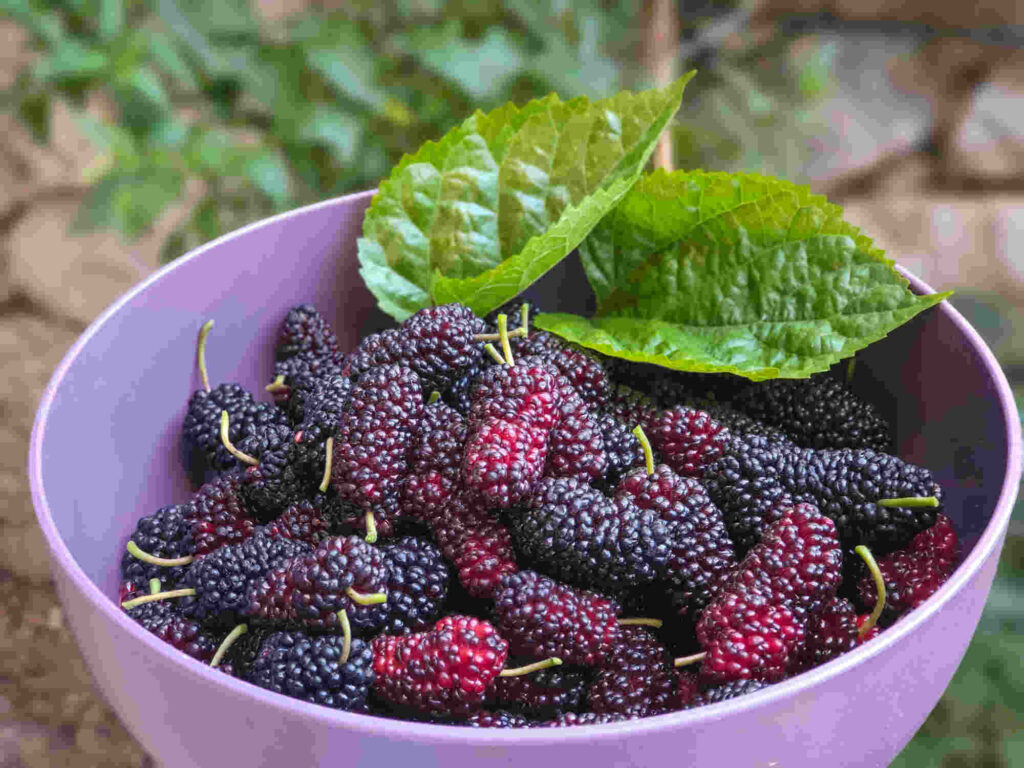
Benefits of Mulberries
- Mulberries are known to lower blood pressure levels in the body
- Eating a lot of berries like mulberries helps to reduce cholesterol
- Mulberry help increasing antioxidant levels in the body.
Where are Mulberries available?
Mulberries are available in most of the South Indian region and Karnataka specifically. But with plantations in Karnataka, it is also available in different parts of South India. As compared to other berries that are commonly available, Mulberry’s availability is discrete and is only available in some places.
How to eat Mulberries?
Generally, mulberries are eaten raw. But there are different ways one can consume mulberry as mentioned below.
- Mulberry can be mixed with ice-cream for children and old people
- Many flavored food items are also available.
- Mulberries can also be put in shakes and smoothies to make them more tasty.
These Indian berries have a lot of real benefits and adding them to your diet can help to have amazing health-oriented results.
The Indian Gooseberry (popularly known as Amla)
Scientific Name – Phyllanthus Emblica
Found in – Indian states like Rajasthan, and Gujarat.
The Indian Gooseberry popularly known as Amla is a powerhouse of multiple health benefits. From hair to gut health, regular consumption of Amla can allow betterment of all aspects of health. It grows throughout the year but mostly from July to September. The farmers of Rajasthan are known to produce this superfood in the best possible way.
Indian Gooseberry Nutrition Facts
Amla or Indian gooseberry is a rich source of antioxidants, vitamins mainly vitamin C, omega 3 and omega 6 fatty acids and minerals including zinc, potassium, magnesium, calcium and iron (4).
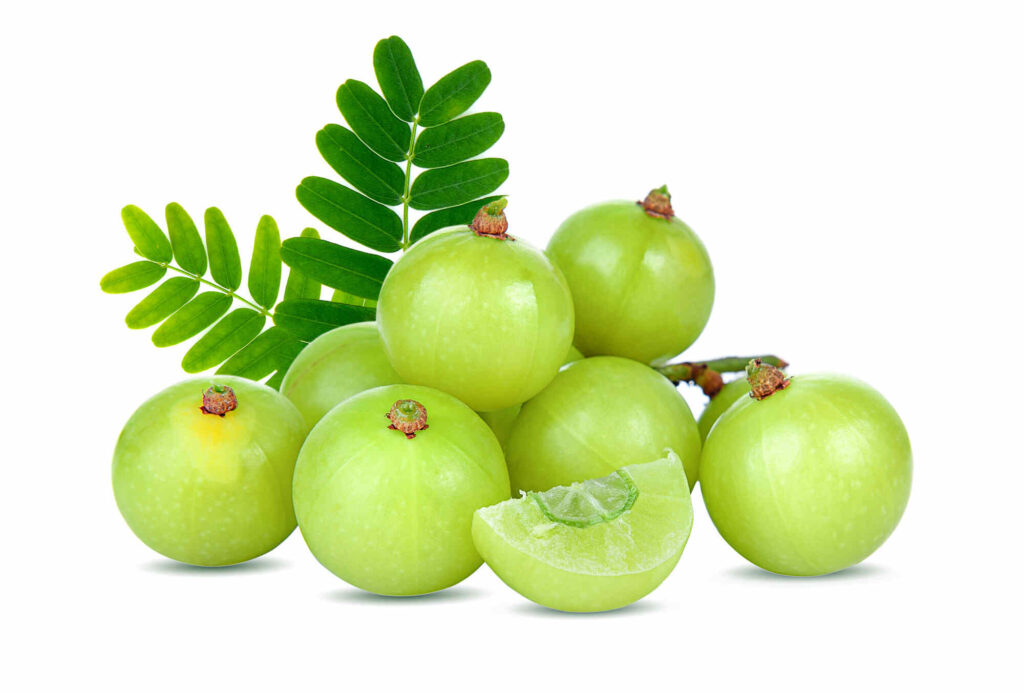
Benefits of Amla
- It has a natural component known to boost memory and brain strength.
- Amla also helps in enhancing the quality of one’s hair.
- Indian gooseberry helps in having great gut health and an immensely good digestive system.
- The vitamin C present in Amla or Indian Gooseberry has the power to combat diseases.
- Doctors sometimes advise having an Amla a day to control blood sugar levels.
- Making it a part of daily life can help in improving eyesight.
Where is it available?
It is available in almost all states of India because of transportation. Amla is mostly available in the winter but these days it’s available all through the year.
How to eat Amla?
The best way to eat any berry is to eat it raw. But if someone feels amla to be sour because of its bit tangy taste then a few ways also help like–
- Eating with rock salt
- Consuming by making pickles
- Consuming by making mouth fresheners
The main thing is to eat in any way but eating or adding to your diet every day can make your health much better.
Java Plum (popularly known as Jamun)
Scientific Name – Syzygium cumini
Found in – Most of the states of India where there is plain land.
Jamun is one of the very popular berries found in the Indian subcontinent. It is highly beneficial and has mythological implications too. Lord Krishna loved to eat jamun a lot and so jamun is found especially near temples.
Jamun or Java Plum Nutrition Facts
Jamun fruits are a rich source of minerals, vitamins including vitamin C and B vitamins like thiamine and niacin, and also various antioxidant compounds. These include phenolic, flavonoids, gallic acid, anthocyanins, and tannins. Jamun fruits also contain glucose, fructose, and other sugars (5).
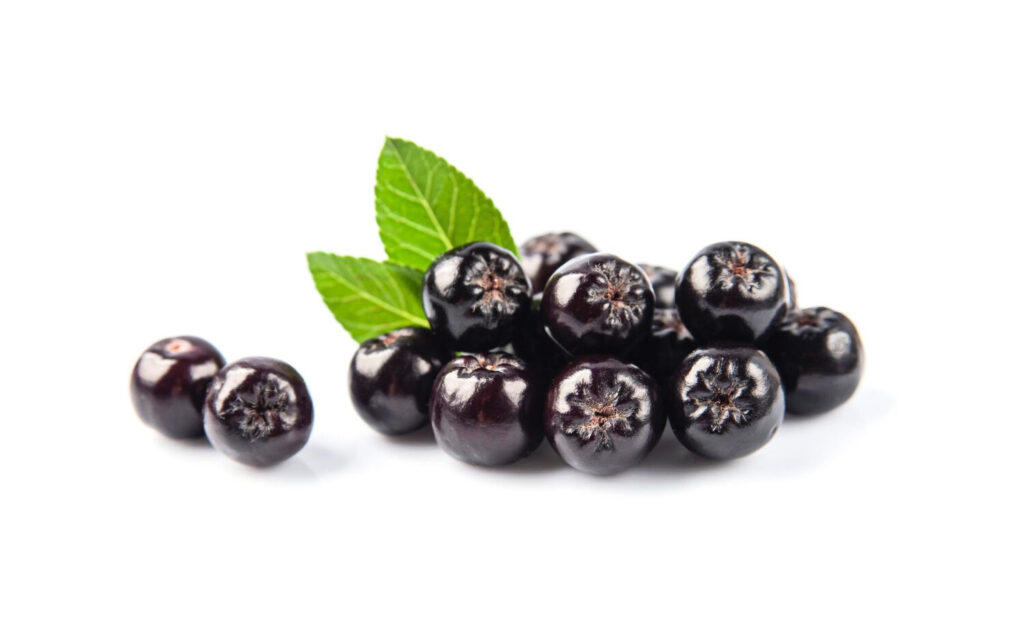
Benefits of Jamun
Jamun has lots of benefits and let us discuss each of them point-wise:
- Jamun is known to reduce blood sugar levels.
- Jamun is known to improve gut health and the body’s overall digestive system.
- It helps in blood purification and thus enriches the hemoglobin count of the body.
- Jamun helps in conscious weight loss of the body.
- It helps in respiratory problems .
Where is Jamun available?
Jamuns are available in almost all the plane lands of India. It takes about 3 to 5 months to fully ripen and the process starts from April month.
How to eat Jamun?
As mentioned earlier, berries can be consumed raw but there are several ways to make it more interesting and tasty.
- Jamun can be added to smoothies and shakes with rock salt or pepper to make it tasty.
- Jamun-flavored ice creams are available to enjoy
- Packed juices are also available in the market but it is always preferred to drink original homemade juices without using any preservatives.
- Jamun Sorbet can be made at home with jamun water and sugar as required
- Many people also prefer to eat jamun in chutney form so it is very tasty.
There are multiple ways to add jamun to your diet. Add jamun as much as you can to absorb the total benefit of jamun.
Carandas Plum (popularly known as Karondas)
Scientific name – Carissa carandas
Found in – Due to transportation, it is presently available in all states of India but grown in states with hot temperatures.
Karondas Plum is a very famous pink to red shade exotic berry and is seen as a shrub. These are known to be low-maintenance plants that are only dependent on water and natural features like sunlight and soil. They give unripe fruits by the end of May month and by August the fruits are fully ripened.
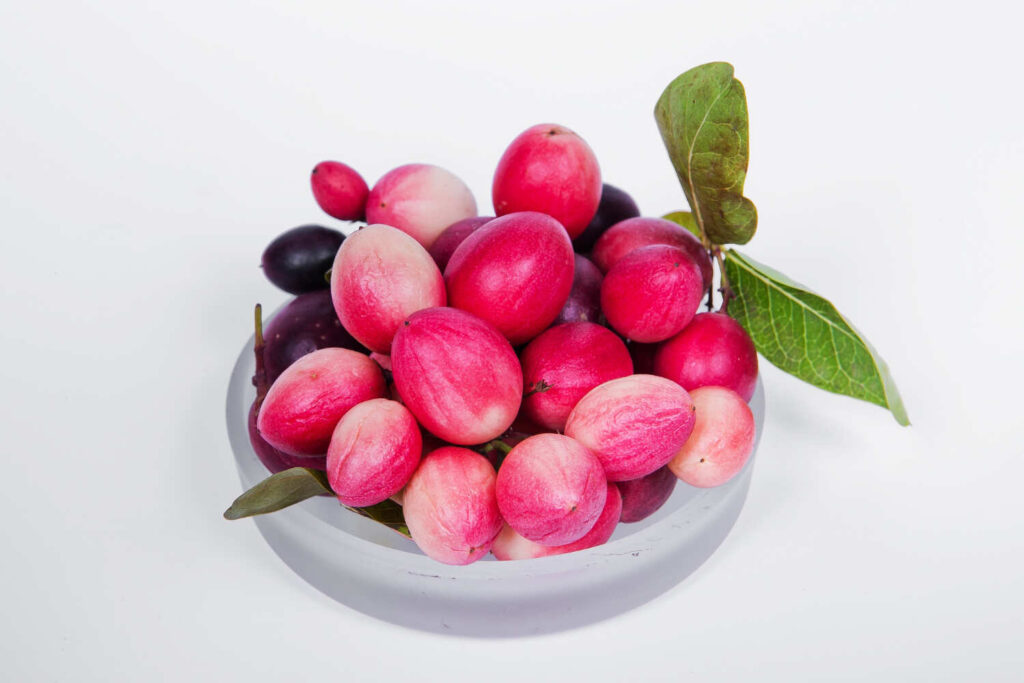
Karondas Nutrition Facts
Karonda berries or Carandas plum, when eaten fresh, have the highest levels of vitamin C, phenolic, and anthocyanin contents, which help boosting immunity (6).
Benefits of Karondas
There are many benefits of eating karondas. Let us mention few points:
- Karondas help reduce inflammation in the body.
- They act as a super and powerful berry to protect against cancer in the body.
- It is also quite beneficial for urinary tract health.
- Eating Karondas regularly purifies the blood and helps to have a clear skin.
Where are Karondas available?
Karondas are available in most of the Indian states like – Bihar, West Bengal, Uttar Pradesh, Rajasthan, and Gujrat. But when it comes to fertilisation, Karondas is known to be fertilised in Indian states like Rajasthan and Gujarat. Karondas need hot temperatures to fertilize completely.
How to eat Karondas?
- Karondas has two parts one is the outer shell and the other is the gummy latex part which is inside and can be cooked and cooled down to make it a tasty winter drink for hot summers.
- These Indian berries can be made as a syrup to add to smoothies and shakes to make it more interesting.
- Further, Karondas can be made as jelly, jam, squash, tart, and juice, making it interesting to eat.
- Many winemakers or companies also use karondas to make wine.
- Those Karondas which are not properly ripened can be used to make chutneys.
There are multiple ways to eat karondas each day, it depends upon the person to add to the diet and how.
Conclusion
Consuming berries helps you in multiple ways to grow and develop a healthy life. A healthy diet strongly helps in a fit body and a fit mind. Thus adding berries to your diet will surely help you in several ways.
Sources
- https://pubmed.ncbi.nlm.nih.gov/24345049/.
- https://pubmed.ncbi.nlm.nih.gov/34019355/.
- https://www.ncbi.nlm.nih.gov/pmc/articles/PMC9028580/.
- https://www.healthieyoo.com/is-amla-fruit-a-superfood-the-health-benefits-of-indian-gooseberry-emblica-officinalis/.
- https://onlinelibrary.wiley.com/doi/10.1155/2023/5460642.
- https://pubmed.ncbi.nlm.nih.gov/37970398/.

Sayoni Mahapatra Chatterji, MA, is a Master in Linguistics with an interest in writing health-based blogs. Being a language enthusiast, she writes content in English, Hindi and Bengali. She has also worked as an author with several Indian publishing houses. Her hobbies include – Painting, Photography, Dancing, Reading and sustaining a creative approach to all forms of work.
